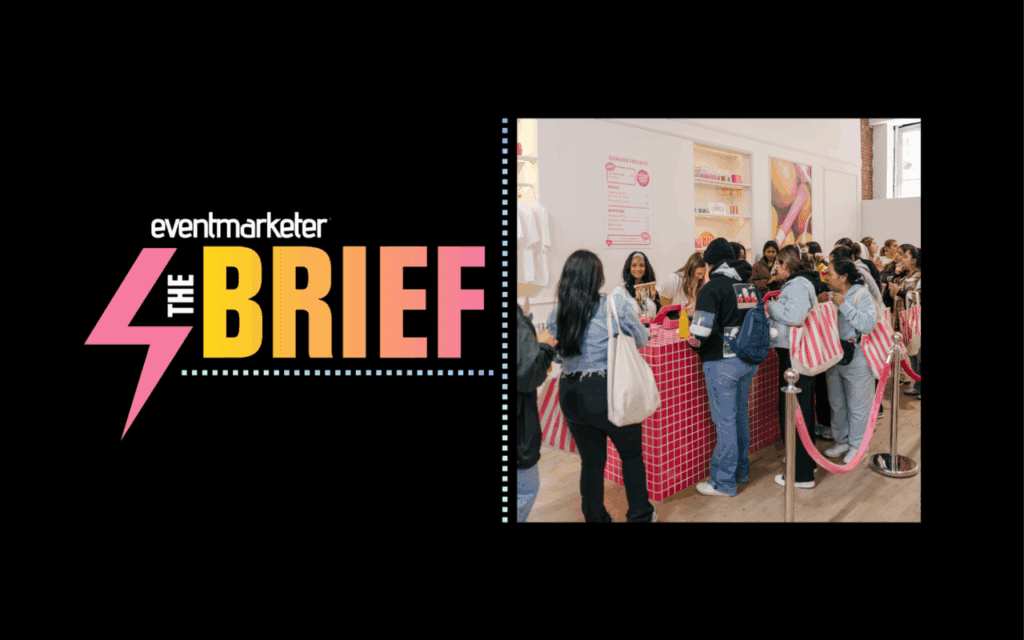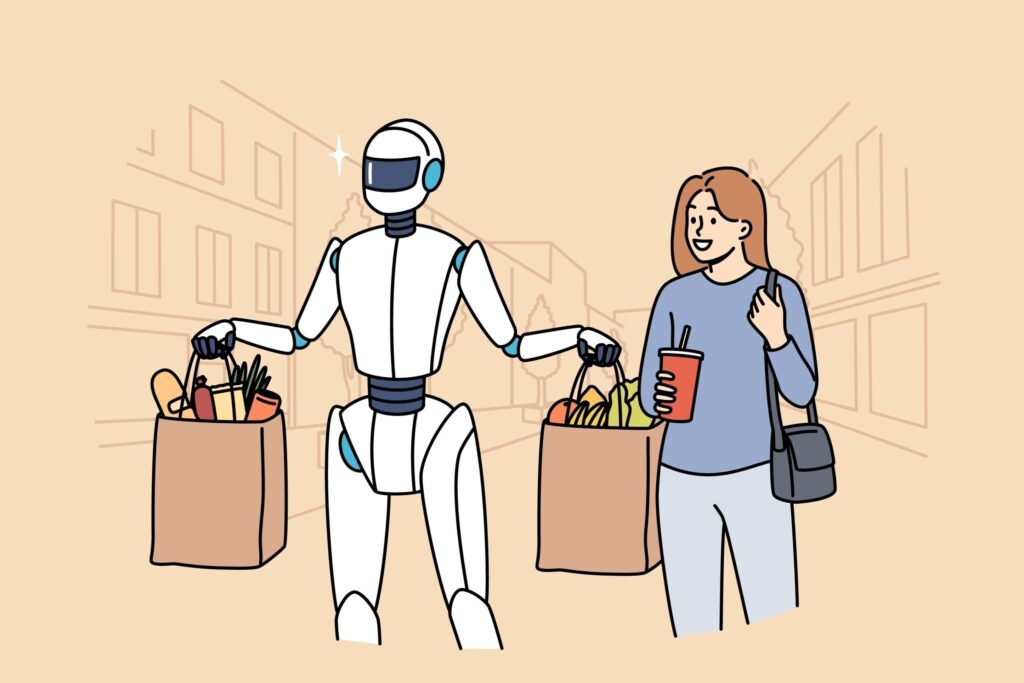It may not have signaled a return to the heady days of the late ‘90s, but 2002 offered the first glimpse of hope to the beleaguered premium incentives and promotional product categories.
Spending on premium incentives rose 6.4 percent to $28 billion, according to PROMO estimates “We were actually ahead of the forecasts,” says Karen Renk, executive director at the Incentive Marketing Association, Naperville, IL.
“Overall the market has been pretty resilient,” agrees Al Geismar, VP-marketing and Web business development at American Express Incentive Services, Fenton, MO. “This is one of the categories least likely to be effected by an economic downturn.”
Often the clients have suffered more than the agencies. “The market has been healthy,” says Brian Galonek, president of Sturbridge, MA-based All-Star Incentive Marketing. “The problems haven’t come from finding new business, but from existing clients going out of business.”
Employee motivation remains the backbone of the industry, and employers have broadened programs to recognize key personnel beyond the top sales earners. “We’re seeing a higher proportion of incentive items that cost less than $100,” says Mike Hadlow, president of USMotivation, Atlanta. “Managers are saying, ‘OK, we’ve recognized the top 20 percent of our company, now what are we doing to motivate the middle 60 percent?”
The types of incentives are changing as well. With travel concerns still top of mind, there is a rise in products that enhance life at home, like big-screen TVs and electronic equipment. “There is a strong desire for ‘lifestyle’ programs,” says Renk. “We’re also seeing more programs that recognize the sacrifices of the family when it comes to work.”
Online fulfillment has created programs that are cheaper, faster and more efficient than distributing printed catalogs. Electronics retailer Tweeter tapped All-Star Marketing to move its incentive program online last year, enabling employees to check their status and the types of products to choose from.
The products category, which in 2001 suffered its first loss in almost a decade, stabilized at $16.1 billion in 2002, and even gave some manufacturers reason to smile. “People are energized and they are ready to do business,” says Bill Prickett, spokesperson at Irving, TX-based Promotional Products Association International.
Others are seeing the industry come back to earth after alternating years of tremendous highs and lows. “2000 blew the doors off,” says Danny Rosin, co-owner and acting president of Brand Fuel Promotions, Morrisville, NC. “That made the slump in 2001 especially hard. We weren’t expecting much uptick going into 2002, but around the middle of the year we started seeing more orders.”
Last year was a tease for many. “We’ve had some optimistic months followed by some really slow months,” adds Bill Jones, account director at Atlanta-based Summit Marketing. “The problem hasn’t been trying to convince clients to dedicate part of their marketing budget to promotion, it’s been trying to find clients with any marketing budget at all.”
While the order size for premium incentives has gone up, products as a whole haven’t fared as well. “Average order size has decreased over the last two years due to lower prices on key items and the ambivalence on the part of advertisers to commit to larger orders,” says Rob Curtis, director of marketing at Prime Resources Corp., Bridgeport, CT.
Agencies agree this is the time to pitch clients. “Clients can’t afford to do scattershot marketing,”says Jones. “They need to focus on what they’re trying to accomplish.”
Brand Fuel sees a steady stream of new business, but also a return of old customers who hadn’t bought anything in the last 18 months. “If there’s any benefit to a downturn, it’s that you can go prospecting for new clients and get reacquainted with old clients that you might have lost touch with during the boom,” says Rosin.
PREMIUM INCENTIVES & PRODUCTS SNAPSHOT
total spent in 2002: $44.1 billion
Spending on premium incentives rose 6.4 percent to $28 billion in 2002
Spending on promotional products was flat at $16.1 billion, but began showing signs of life in the latter part of 2002
Clients that shelved spending on premiums and products over the last two years are beginning to return
 Network
Network

